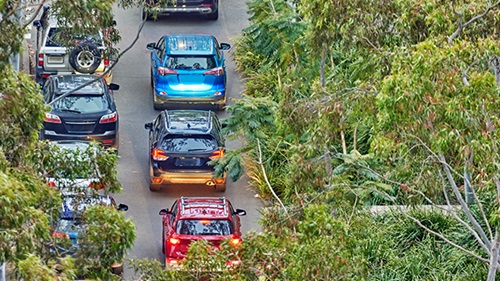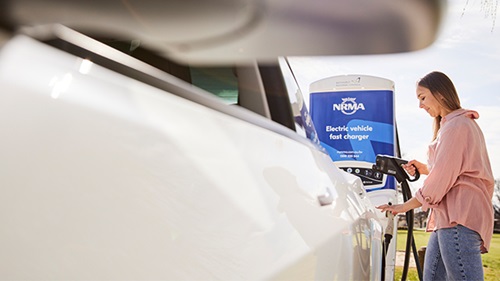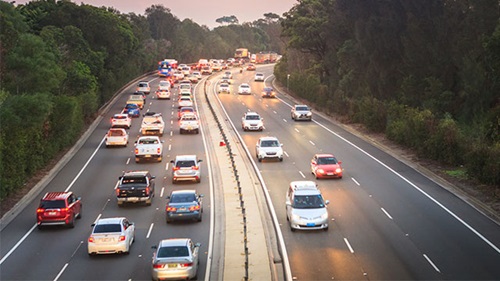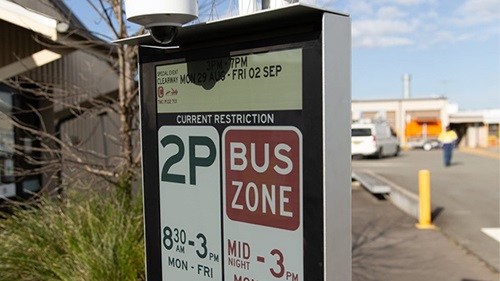Written by Jeffrey Aguas
First results from the Real-World Testing Program revealed
Written by Jeffrey Aguas
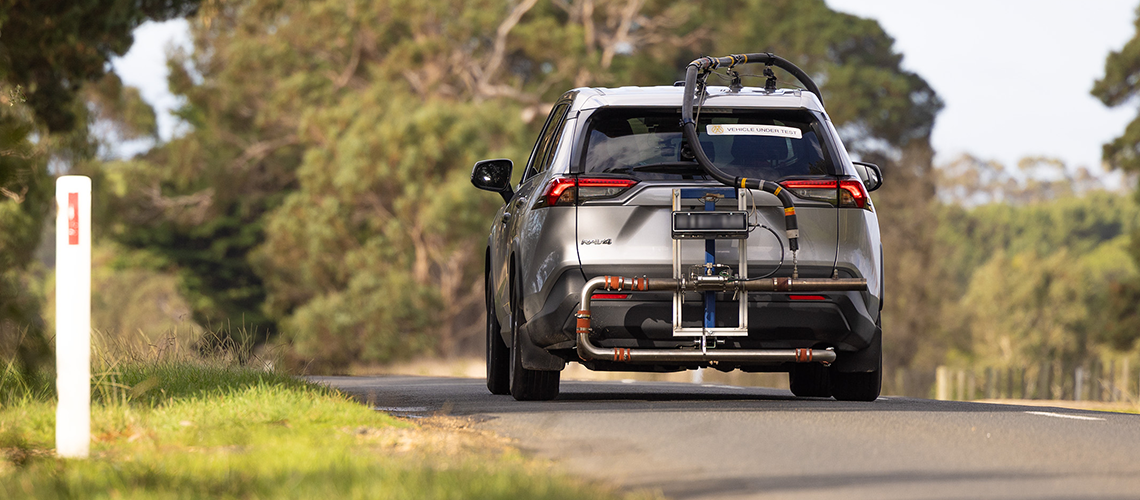
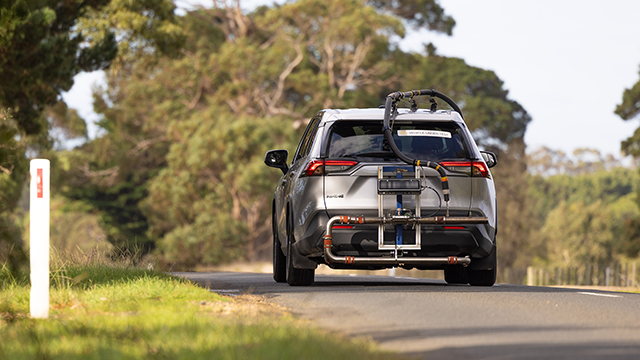
In the world of car buying, making the right choice has never been more complex. It's not just about the look, the brand, or the features anymore.
Today, consumers are increasingly factoring in the environmental impact, fuel efficiency, and real-world performance of the vehicles they consider. This is where the Real-World Testing Program, currently underway in Australia, steps in to offer critical insights. We look at the results released today from the first nine vehicles tested and what they mean for consumers.
Information you can trust
Australia's first Real-World Testing Program is being managed by the Australian Automobile Association (AAA) on behalf of the Australian Government. With a commitment of $14 million over four years, the program will assess the fuel consumption and emissions of 200 different cars, utes and vans in real-world driving conditions where traffic, terrain and driving styles vary. The findings aim to empower motorists and fleet buyers to make purchasing decisions based upon real-world running costs, rather than figures obtained in laboratory testing.
Studies by the International Council on Clean Transportation revealed that the real-world CO2 emission disparities have grown significantly over the years, from 9% in 2001 to a staggering 42% in 2016. The AAA's 2017 pilot study further emphasised the problem, with findings indicating that many vehicles significantly exceeded their advertised fuel efficiency and emissions levels during real-world driving.
As part of the program, vehicles will navigate urban and rural roads, as well as motorways, all while being equipped with a Portable Emissions Measurement System to the vehicle’s exhaust. This system records tailpipe emissions of greenhouse gases, as well as pollutants that affect air quality. Fuel consumption is also calculated from the data collected.
The first results
Starting in August, testing of the fuel consumption and environmental performance of nine SUVs (seven petrol, one diesel and one hybrid) took place in-and-around Geelong, Victoria under strict protocols developed in consultation with industry and the Commonwealth. Below is a summary of the results:
Fuel consumption and emissions
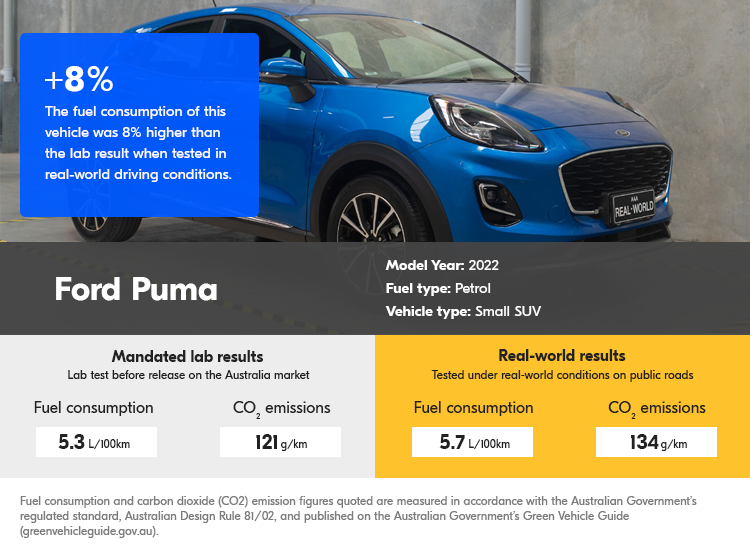
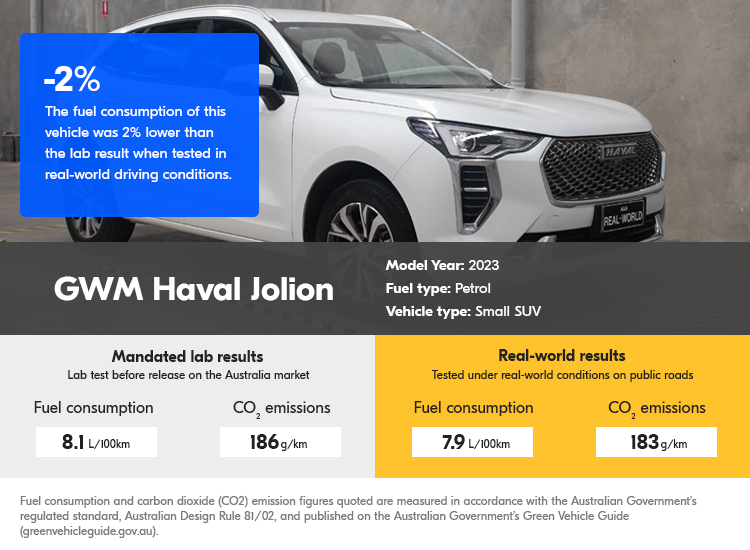
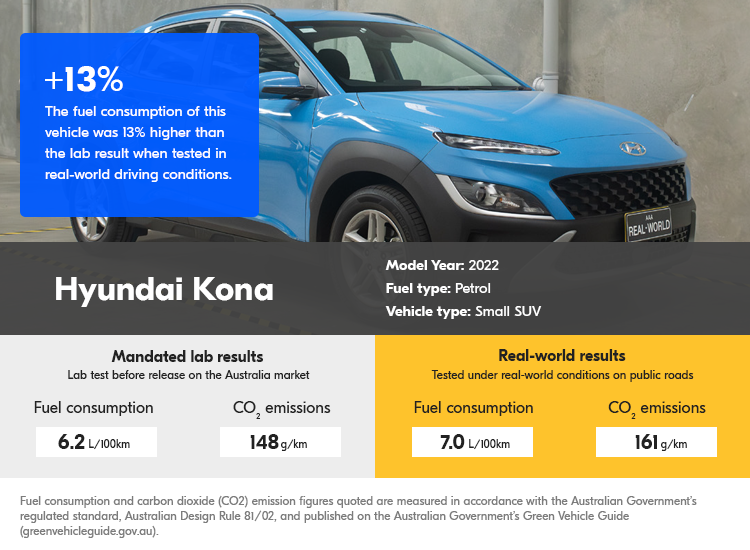
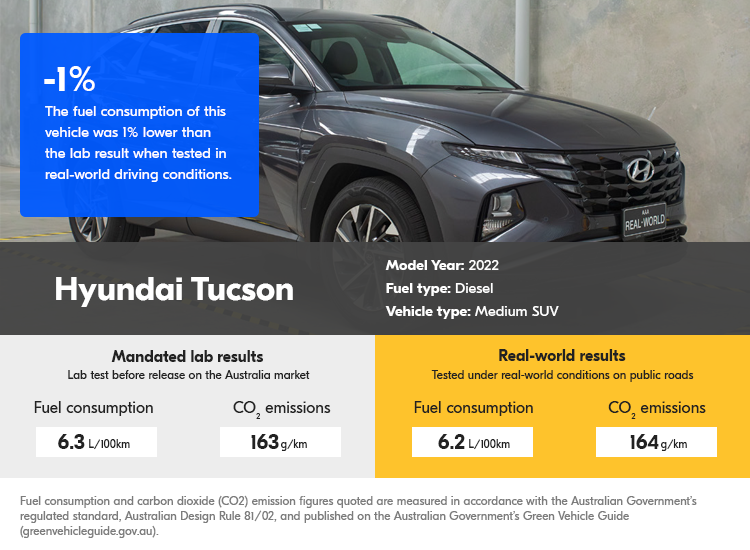
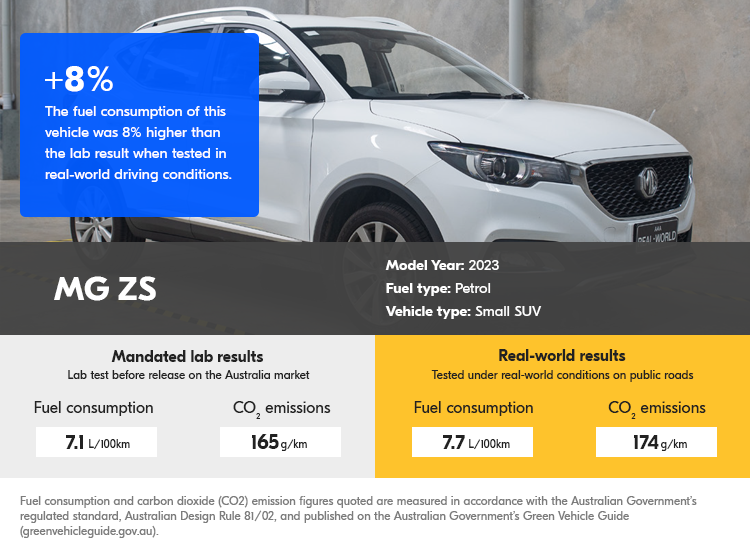
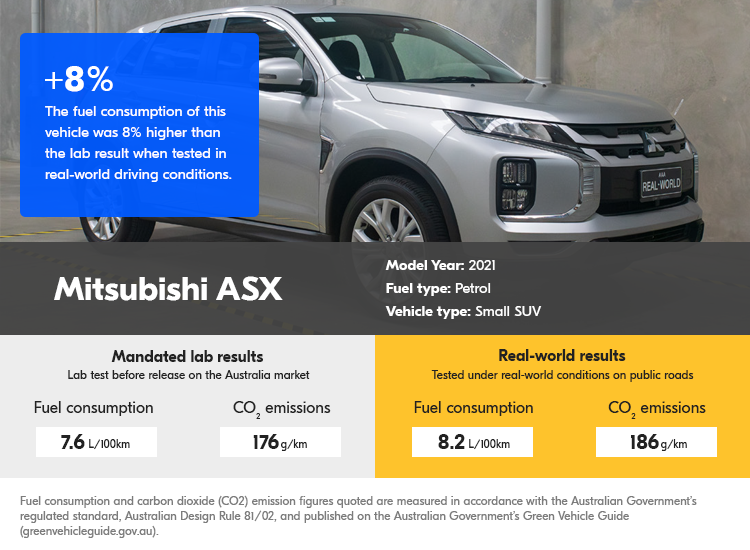
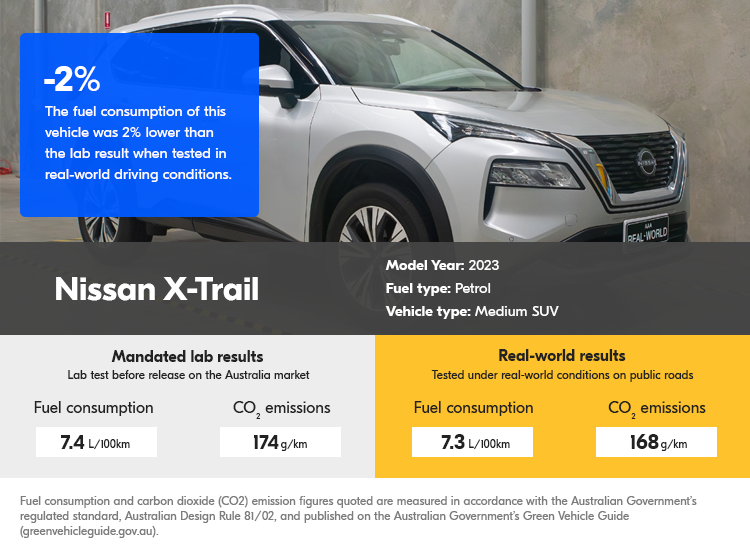
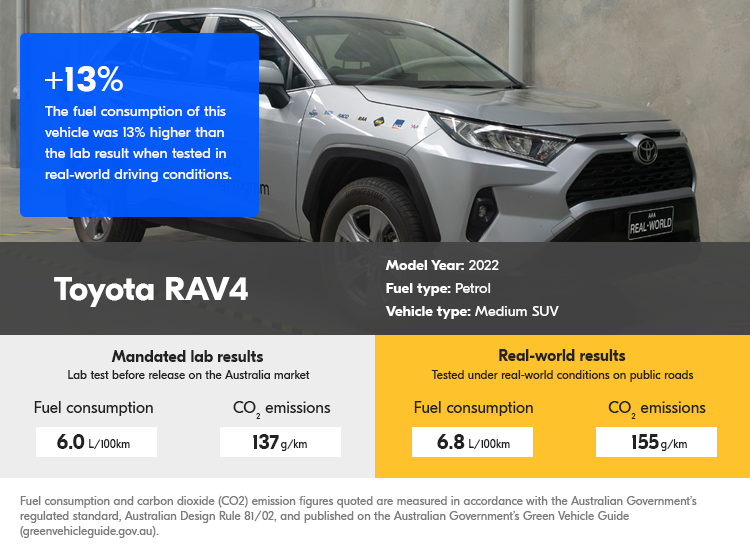
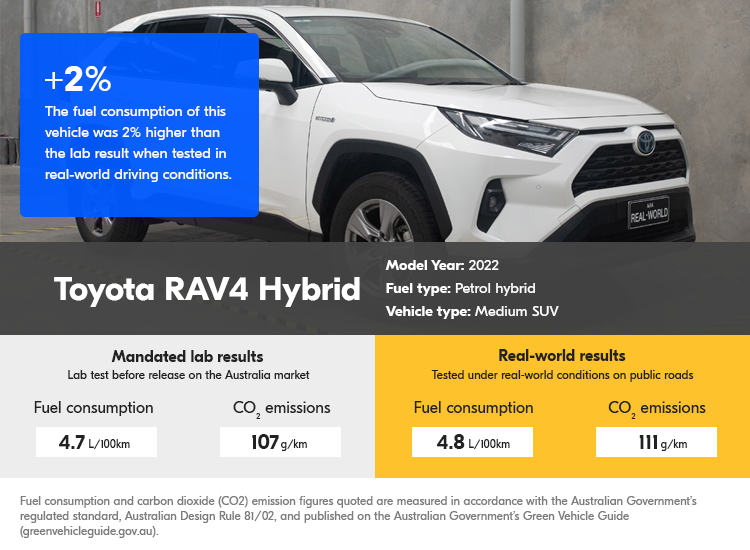
Noxious emissions
Noxious emissions from road vehicles impact air quality. They include oxides of nitrogen (NOx), carbon monoxide (CO), total hydrocarbons (THC), non-methane hydrocarbons (NMHC) and particle number (PN).
Petrol and Hybrid
| NOx mg/km |
CO mg/km |
THC mg/km |
NMHC mg/km |
PN number/km |
|
|---|---|---|---|---|---|
| Lab limits | |||||
| Current official mandated lab limit (ADR 79/04 | 60 | 1000 | 100 | 68 | No limit |
| Future proposed mandated lab limit (Euro6d)* | 60 | 1000 | 100 | 68 | 6x1011 |
| Real-world results | |||||
| Ford Puma 2022 | 6 | 302 | 16 | Not measured | 5.55x109 |
| GWM Haval Jolion 2023 | 8 | 128 | 21 | Not measured | 9.05x1010 |
| Hyundai Kona 2022 | 27 | 303 | 13 | Not measured | 1.13x1011 |
| MG ZS 2023 | 22 | 2207 | 65 | Not measured | 6.75x1011 |
| Mitsubishi ASX 2021 | 23 | 2850 | 30 | Not measured | 1.94x1011 |
| Nissan X-Trail 2023 | 5 | 95 | 7 | Not measured | 8.06x1011 |
| Toyota RAV4 2022 | 16 | 277 | 32 | Not measured | 1.73x1011 |
| Toyota RAV4 Hybrid 2022 | 4 | 67 | 15 | Not measured | 1.66x1011 |
Diesel
| NOx mg/km |
CO mg/km |
THC+NOx mg/km |
PN number/km |
|
|---|---|---|---|---|
| Lab limits | ||||
| Current official mandated lab limit (ADR 79/04 | 180 | 500 | 230 | 6x1011 |
| Future proposed mandated lab limit (Euro6d)* | 80 | 500 | 170 | 6x1011 |
| Real-world results | ||||
| Hyundai Tucson 2022 | 237 | 41 | 284 | 1.67x1011 |
*As proposed in “Light Vehicle Emission Standards for Cleaner Air Draft Regulation Impact Statement”, October 2020.
Who can use the real-world testing findings?
Consumers
Fleet managers
Findings will also help businesses, and fleet managers, with fuel budget planning and managing fuel efficiency and environmental targets, potentially leading to on-selling of their vehicles into the second-hand market.
Policy makers
Moreover, policymakers can leverage the testing results to assess the actual impacts of emissions regulations. Real-world testing steps in as a crucial resource, providing reliable evidence for researchers and health experts.
Similar to vehicle safety star ratings like ANCAP, the program could generate demand for cleaner vehicles, creating healthy competition amongst manufacturers for technologies that deliver real-world benefits over benefits in the lab.
See the full results
For more information on the results and upcoming updates as the Real-World Testing Program unfolds, be sure to visit realworld.org.au.
The initial findings are not reflective of the wider market as they only cover nine specific SUVs, seven of which were petrol vehicles. To ensure a more comprehensive and representative analysis, more work will be done over the next four years. Best-selling vehicles will be initially prioritised for testing in order to maximise coverage of the car market so that more consumers have access to the results sooner.
Tests are conducted in compliance with strict guidelines based on European Union legislation and developed in consultation with Australian regulators and industry. This ensures fuel consumption and CO2 results are repeatable and that the influence of human factors such as driving style and changing traffic flows are mitigated. Test results are provided to relevant vehicle brands for review following testing.
As a member of the AAA, the NRMA will continue to promote the results alongside other AAA member motoring clubs, which represent almost 9 million members across Australia.







